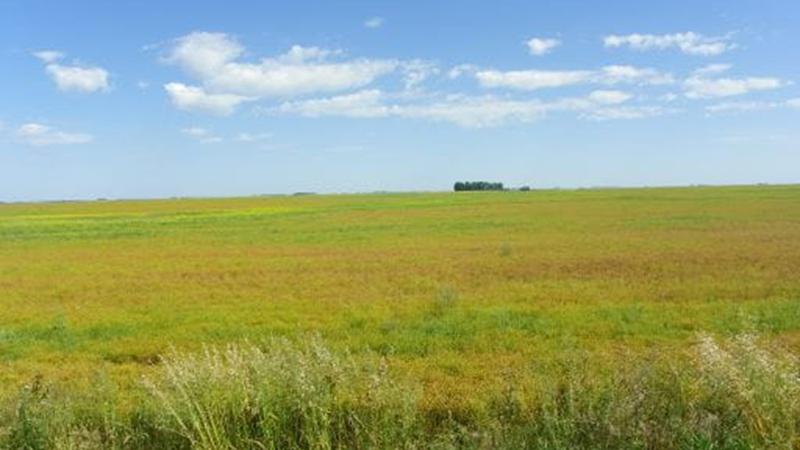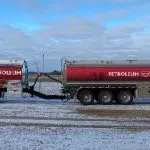
Spotty showers help with Saskatchewan crop development
Rain in recent days was a welcome sight, especially for some of the drier areas of the province, but severe weather caused crop damage.
The latest crop report from the Ministry of Agriculture noted some regions received limited rainfall and others experienced heavy storms resulting in damage to crops. The extent of damage varies based on the type of crop and its developmental stage.
The northwest region received limited rainfall while west-central and pockets in other regions received significant rainfall. The Macklin area received the highest amount at 108 millimeters.
Kim Stonehouse is the Crops Extension Specialist for the Saskatchewan Ministry of Agriculture in Tisdale, Sask.


